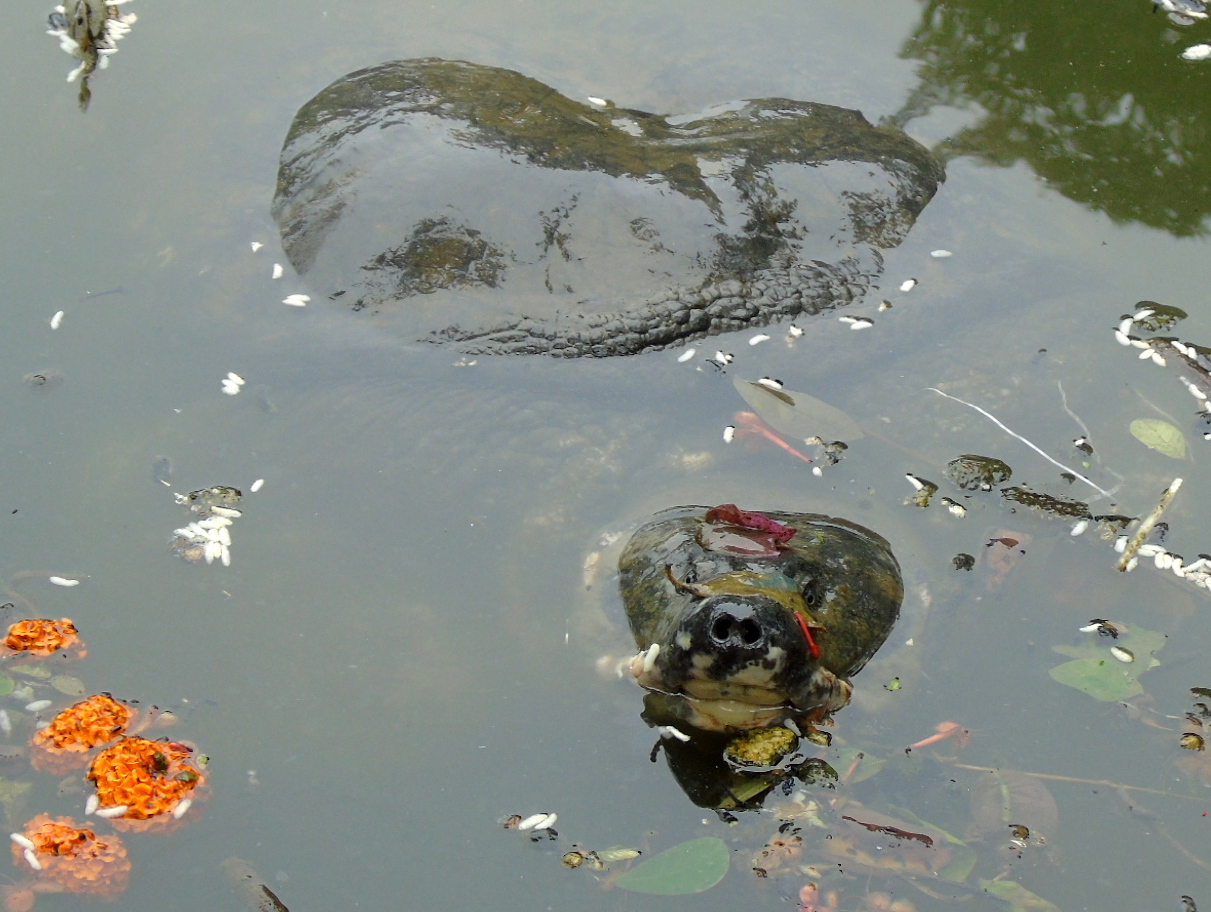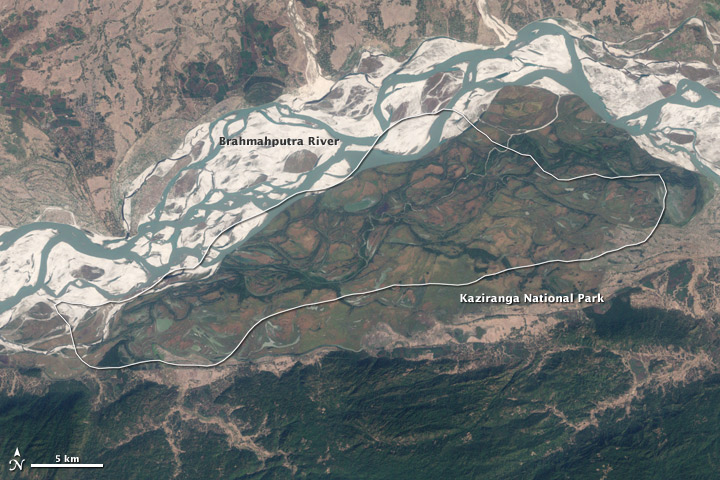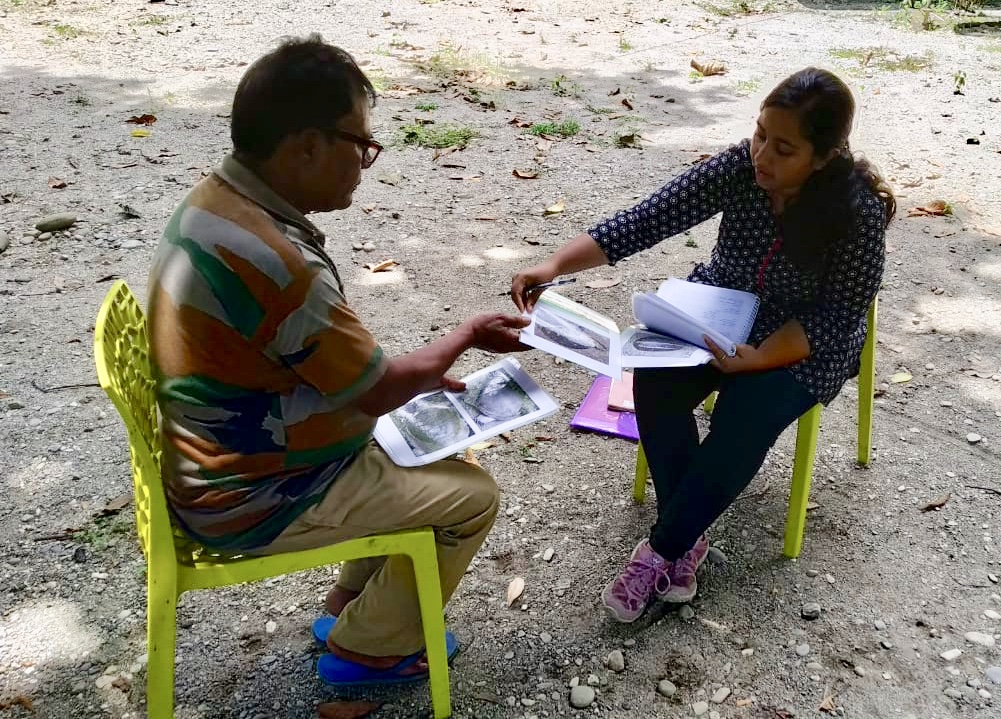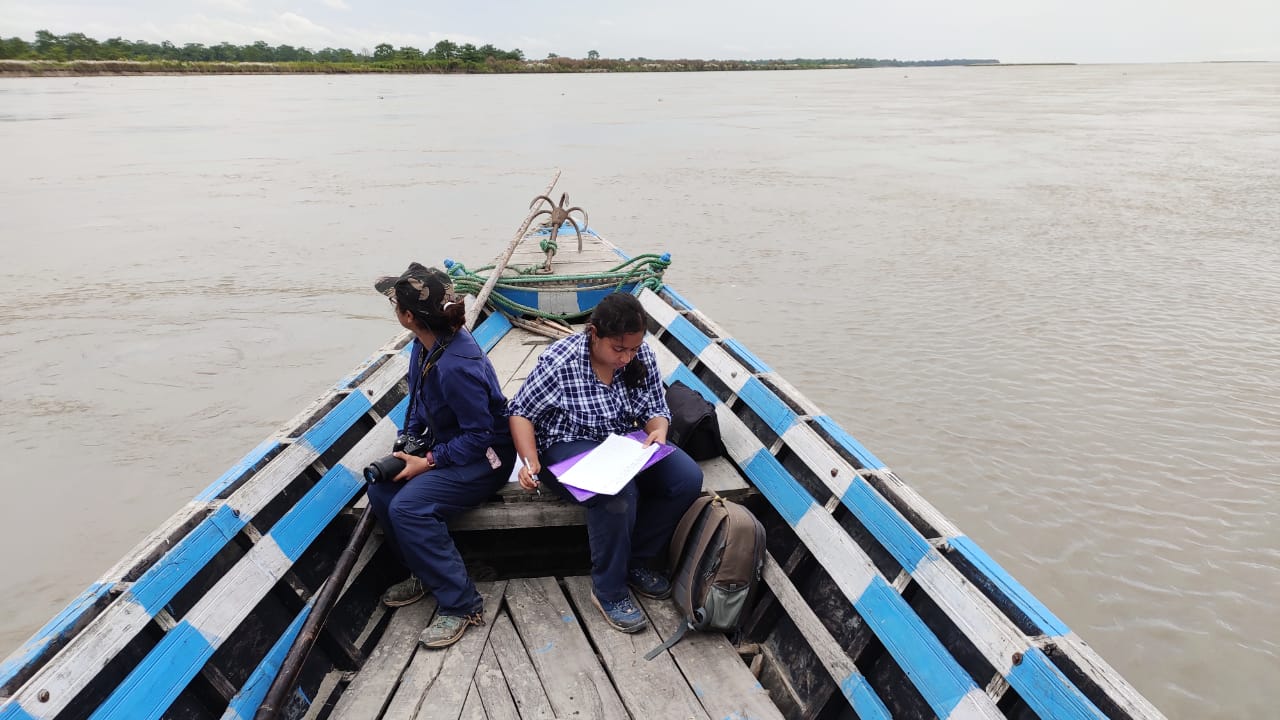
In and around the state of Assam, India, Anuja Mital is known as “The Turtle Lady.”
“Even though I say that ‘I’m a freshwater ecologist, I’m working on the floodplains!’ People really don’t seem to care,” she laughed. “They just think of me as the turtle person. So I kind of own that now.”
But who can blame them for associating her with the shell-dwelling reptiles? She’s authored several research papers and popular articles on the subject, created a guide to turtles of Assam, and even documented a new country record of a species previously thought not to exist in India.
Although she has contributed an appreciable amount to turtle research, it wasn’t until she was 20 that she saw her first one in the wild.
She was at a field site in Agumbe, in the Western Ghats, a remote, tropical mountain range on the southwest coast of the country when something scuttled in front of her path during night herpetofauna surveys.
She tracked it down, and returned to her field station with it.
“I went to look up information about it, and I found that it’s the most common species, but not much is known about it,” Mital said of the encounter. “And then I realized that, there’s so many species in India and there’s less than a handful of people doing research on them.”
29 species, in fact.
After seeing how under researched turtles in India were, Mital dedicated her studies to understanding how they interact with the ecosystem and local communities.
Leaving an Impression
The Impressed Tortoise, so called because of the concave “impressions” on its shell, was reported as ranging from Malaysia to as far west as Myanmar. That is, until Mital and colleagues documented a live pair in a village in Arunachal Pradesh, the easternmost state of the country, along with records of shell remains from local people’s houses, redefining the species’ boundaries.
She also published a paper reviewing the role that temple ponds play in turtle conservation. Ponds are a near ubiquitous feature of temples in India, serving as both a ritual site and an unexpected home for populations of softshell turtles. Most of these species are classified as threatened, with species like the black softshell turtle existing in large numbers in captivity in the temple ponds, where they are subjected to the effects of water pollution and overfeeding without the ability to migrate.

Black softshell turtles were thought to be nearly extinct in the early 2000s, before temple ponds became an unlikely refuge.
“Freshwater turtles inhabiting seasonal wetlands require connectivity through the landscape to adjacent aquatic ecosystems for foraging and breeding needs to ensure viable populations are maintained,” the study said. “Human activities that modify the floodplains decrease biological connectivity significantly, making the transfer of individuals between wetlands a possibility only in the event of large-scale flash floods.”
The study calls for people to use the ponds as a conservation tool rather than a means of captivity.
Mital’s history with turtles led her to the Odum School of Ecology at the University of Georgia, where she is advised by professors Krista Capps and John Maerz on her PhD in Integrative Conservation (ICON), a sustainability-focused, interdisciplinary program that touches on aspects of ecology, forestry, anthropology and marine sciences.
The Ever-Shifting River
The River Basin Center’s John Spencer Grant is an annual small research grant awarded to student affiliates. The research that earned Mital her grant focused on the Assam Region and its defining feature, the Brahmaputra River.
The 15th longest river in the world, the Brahmaputra begins in the Tibetan Himalayas and ends in the Bay of Bengal, but what happens in between isn’t always so definite.
As the river navigates the narrow labyrinth of gorges and valleys in the mountains, it picks up sediment before exiting into a wide, flat floodplain. With room to spread out, the river loses the force necessary to carry the sediment, dumping it. As a result, the Brahmaputra is heavily braided, meaning its channels frequently split, rejoin and double back on themselves.
This also leads to the formation of large sandbar islands. These islands, known as chars, shift, rebuild and erode, and are home to volatile agricultural and fishing communities that are the subject of Mital’s study.
An aerial view of the Brahmaputra shows the scale of the char islands, on which approximately 2.5 million people live without access to many basic necessities. NASA image by Robert Simmon, based on Landsat-7 data from the USGS Global Visualization Viewer, and the World Database on Protected Areas.

“I want to take a snapshot of different aspects of the river, kind of like a biography of the river, using the annual flooding regime as the focal lens,” Mital said. As of July, Anuja will wrap up her preliminary fieldwork, as the monsoon season worsens the conditions in Tezpur, a town in Central Assam. The storms, landslides, and flooding, have killed 78 people and over 174 wild animals across the state so far this year.
“There are a lot of vulnerable, marginalized, river dependent communities that live on the sand islands and banks, and they’re affected by floods for four to six months every year.”
When the flooding subsides, Mital plans to return and continue the study, which involves directly interviewing local affected populations. By establishing a network of interview subjects, Mital is able to build a more accurate image of the way people interface with the challenging environment they call home.
“It’s just a really free-flowing conversation,” Mital said, “But I have certain themes that I can talk about. I ask how they have seen the river changing? What are (local) knowledge systems related to flood preparedness and safety? How do they know when a sand island is going to be formed, when it’s going to be eroded?”
Anuja conducts interviews with locals like this Forest Department staff member.
“It’s really important for me to keep developing relationships with these communities that live along the river,” Mital said.

A Perfect Bridge
But humans aren’t the only communities who use the land or are affected by the heavy seasonal flooding. Turtles, too, use the chars as basking, nesting or migration sites, meaning interactions between turtles and humans is an everyday experience.
“Turtles are the perfect bridge between terrestrial and aquatic ecosystems,” Mital said.
She is hoping that, by establishing a network of reliable contacts through her interviews, people can notify her when specific turtles are spotted so they can be tagged, their movements tracked as they spread across the floodplain.

Mital frequently embarks on the river to conduct habitat surveys.
She’s also developed the community science initiative Freshwater Turtles and Tortoises of India, an online, dynamic database where people can submit their turtle observations. The site covers all native species, with an emphasis on sightings of the red-eared slider, a species of turtle imported from the United States as a pet.
Their rapid maturation, large size and prolific reproductive habits have earned them a spot on the International Union for Conservation of Nature’s list of the 100 worst invasive species.
“They’re a huge problem in India now,” Mital said. “We do a dedicated week in May where people are encouraged to put up their red-eared slider pictures and observations.”
The initiative is part of Mital’s goal to nurture a more conservation-minded approach to wild turtle populations in the country.
“In the US, you still have a bunch of people who are totally obsessed (with turtles). We don’t have that, so we’re trying to achievethat through social media outreach and awareness.”
Mital plans to continue her work in Assam after her PhD, and with a growing list of projects and initiatives to participate in, there’s plenty to do.
Mital has also collaborated with Indian filmmaker and fellow National Geographic Explorer Gunjan Menon on “Looking for Lao Mura”, a feature length documentary on the conservation of the Black softshell turtle in Assam, with a release slated for this year.
“Before I joined the PhD program, I was a conservation practitioner, so once I came back to India for fieldwork I’ve gotten so many requests to do projects, it’s very difficult to say no.”
